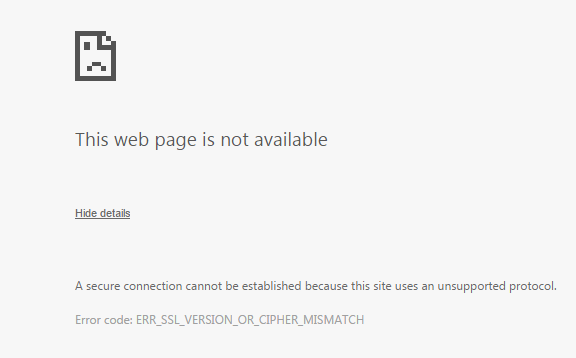Several years ago I wrote a utility to convert numeric output into human readable format – you know the kind of thing – 12345678 becomes 12M and so on. Although it was very clever in the way it dealt with really big numbers (Zetabytes), and in spite of ZFS having really big numbers as a possibility, no really big numbers have actually come my way.
It was always a dilemma as to whether I should use the same humanize_number() function as most of the FreeBSD utilities, which is limited to 64-bit numbers as its input, or stick with my own rolling conversion. In this release, actually written a couple of years ago, I’ve decided to go for standardisation.
You can download it from here. I’ve moved it (24-10-2021) and it’s not on a prettified page yet, but the file you’re looking for is “hr.tar”.
This should work on most current BSD releases, and quite a few Linux distributions. If you want binaries, leave a note in comments and I’ll see what I can do. Otherwise just download, extract and run make && make install
Extracted from the man page:
NAME
hr — Format numbers in human-readable form
SYNOPSIS
hr [-b] [-p] [-ffield] [-sbits] [-wwidth] [file ...]
DESCRIPTION
The hr utility formats numbers taken from the input stream and sends them
to stdout in a format that’s human readable. Specifically, it scales the
number and adds an appropriate suffix (e.g. 1073741824 becomes 1.0M)
The options are as follows:
-b Put a ‘B’ suffix on a number that hasn’t been scaled (for Bytes).
-p Attempt to deal with input fields that have been padded with spaces for formatting purposes.
-wwidth Set the field width to field characters. The default is four
(three digits and a suffix). Widths less than four are not normally useful.
-sbits Shift the number being processed right by bits bits. i.e. multi-
ply by 2^bits. This is useful if the number has already been scaled in to units. For example, if the number is in 512-byte
blocks then -s9 will multiply the output number by 512 before scaling it. If the number was already in Kb use -s10 and so on.
In addition to specifying the number of bits to shift as a number you may also use one of the SI suffixes B, K, M, G, T, P, E
(upper or lower case).
k-ffield Process the number in the numbered field , with fields being numbered from 0 upwards and separated by whitespace.
The hr utility currently uses the humanize() function in System Utilities Library (libutil, -lutil) to format the numbers. This will repeatedly divide the input number by 1024 until it fits in to a width of three digits (plus suffix), unless the width is modified by the -w option. Depending on the number of divisions required it will append a k, M, G, T, P or E suffix as appropriate. If the -b option is specified it will append a ‘B’ if no division is required.
If no file names are specified, hr will get its input from stdin. If ‘-‘ is specified as one of the file names hr will read from stdin at this point.
If you wish to convert more than one field, simply pipe the output from one hr command into another.
By default the first field (i.e. field 0) is converted, if possible, and the output will be four characters wide including the suffix.
If the field being converted contains non-numeral characters they will be passed through unchanged.
Command line options may appear at any point in the line, and will only take effect from that point onwards. This allows different options to apply to different input files. You may cancel an option by prepending it with a ‘-‘. For consistency, you can also set an option explicitly with a ‘+’. Options may also be combined in a string. For example:
hr -b file1 -b- file2
Will add a ‘B’ suffix when processing file1 but cancel it for file2.
hr -bw5f4p file1
Will set the B suffix option, set the output width to 5 characters, process field 4 and remove excess padding from in front of the original digits.
EXAMPLES
To format the output of an ls -l command’s file size use:
ls -l | hr -p -b -f4
This output will be very similar to the output of “ls -lh” using these options. However the -h option isn’t available with the -ls option on the “find” command. You can use this to achieve it:
find. -ls | hr -p -f6
Finally, if you wish to produce a sorted list of directories by size in human format, try:
du -d1 | sort -n | hr -s10
This assumes that the output of du is the disk usage in kilobytes, hence the need for the -s10
DIAGNOSTICS
The hr utility exits 0 on success, and >0 if an error occurs.




